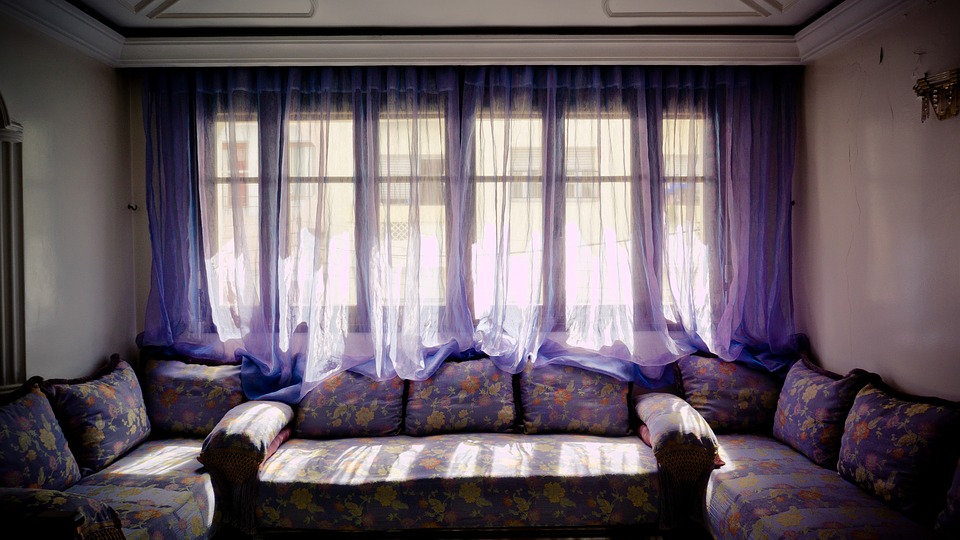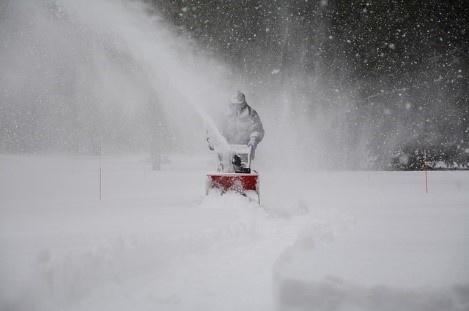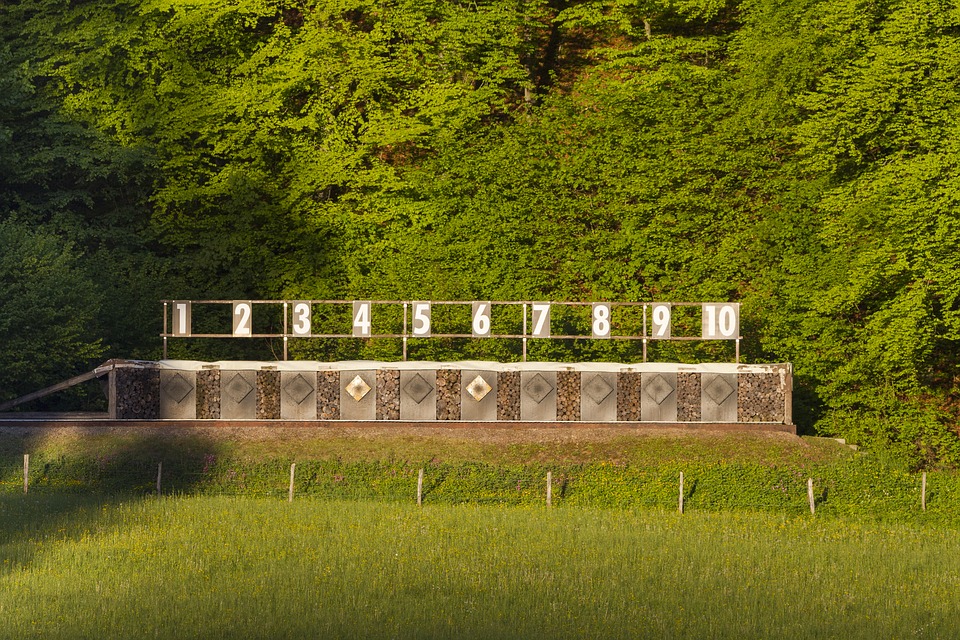Insurance Dilemma’s facing the Construction Industry and Special Trades How to use the class codes to fortify your coverage.
Most industries are assigned one or more general liability class codes for insurance underwriting purposes. There are 4 commonly used authoritative classification guides that include: PAAS/ ISO, NAICS, SIC and NCCI. However, some industries have multiple class codes which are broken down by specific sub groups within a general type of industry. The construction industry is one such industry.
The construction industry contains separate categories for general contractors and for subcontractors who work in this complex field. The class codes are further refined by whether the contractor works on residential property or commercial developments and are categorized by the type of construction they actually are building such as manufacturing plant, industrial building, construction, heavy construction, highway and streets; with subcategories for Bridges & Tunnels to name just a few. Identifying and defining all of the class codes relating to the field of construction is beyond the scope of this article. But the same process of listing each class code applies no matter which class code your building project falls under.
 Under the construction industry classification codes many of the sub classifications are assigned to what is considered to be “skilled” or “special” trades. Some trades in this group generally require licensure of the employees by the state or local area they work in, in regard to their own field as an individual worker. Sub-Contractors in the specialty trades usually need to be licensed as well, as determined by the state and local area they work in. These trades included electricians, painters, plumbers and HVAC installers to name a few. However, the classification codes also have categories of skilled or special subcontractors who do not necessarily have to be licensed individually in their state including but not limited to flooring, installation, trim installers and handymen. However, if they are functioning as a general contractor they generally need to be licensed.
Under the construction industry classification codes many of the sub classifications are assigned to what is considered to be “skilled” or “special” trades. Some trades in this group generally require licensure of the employees by the state or local area they work in, in regard to their own field as an individual worker. Sub-Contractors in the specialty trades usually need to be licensed as well, as determined by the state and local area they work in. These trades included electricians, painters, plumbers and HVAC installers to name a few. However, the classification codes also have categories of skilled or special subcontractors who do not necessarily have to be licensed individually in their state including but not limited to flooring, installation, trim installers and handymen. However, if they are functioning as a general contractor they generally need to be licensed.
Virtually all construction contractors, whether residential or commercial need a solid comprehensive general liability insurance policy which insures them from both claims by the public, or owner(s) of the property being built or remodeled; brought against the contractor for damages to person or property. The general liability policy can be tailored and tweaked to meet the needs of each policy holder based on their general liability classification as a standalone policy or designed in a Business Owners or Commercial Package policy. Commercial general liability is not the stopping point in your search for the best coverage for your construction company.
General liability can be combined with other types of standard commercial policies to ensure that your company is adequately covered in any situation. Commercial auto and business property coverage for your equipment and tools should be added. If you have large movable equipment and specialized trucks and heavy machinery you need to make sure that you have coverage for those under your commercial auto or another specific endorsement.
Workers compensation is normally required in all states if you have employees unless you have the financial ability to self-insure.
General liability policies standing alone do not cover professional liability. Why you might ask?
The general classification codes for construction industries historically did not classify construction companies as rendering professional opinions or advice as they would, say for example architects, who designs buildings. Architects would normally be advised by their insurance agent that they should have professional liability insurance because of their classification code. This is the crux of a complex issue on the horizon. Since construction industries are not usually assigned a class code which triggers the need for professional liability insurance; some construction contractors and subs may not be aware of the need for this type of insurance. It is important that every classification code applicable to the work your company actually performs be determined and included as a class code on your insurance policies. If your company meets the definition contained in the NCAIS classification code for architects # 541310 which gives this description “both design and construction of buildings, highways or other structures; or in managing a construction project, or are classified as Section 23 Construction” the agent will see the term “design” and should go on to ask you whether you render any professional advice in the design aspect of your job and ask pertinent questions.
For existing policies you should closely examine your need for professional liability insurance and contact your independent agent or broker to discuss your options for selecting the appropriate professional liability policy as either a separate policy or add onto your general liability with an endorsement, rider or separate stand-alone policy.
In the past, professional liability was only needed by the architect or the design professional responsible for the project. In present day, general contractors’ who engage in the design aspect of a building project or manage the project need this protection and should explore what is there best option. Now that need has been widened to subcontractors.
The subcontractors who appear to be most vulnerable are concentrated in the special trades who design systems that are an integral part of the building, such as the HVAC system, the electrical system and the plumbing system. It can also include those instances where the system being installed inadvertently compromises another part of the project, e.g. the HVAC Contractor gave an opinion or advice on how to modify construction to accommodate the HVAC system and it negatively impacts the foundation.
The emerging trend according to the Institute for Risk Management suggests that professional liability will continue be a hot topic in the construction insurance industry. IRMI further indicate that Contractors are requiring subcontractors to have professional liability and certify that they have it continuously throughout the job.
It is not inconceivable that professional liability insurance for contractors and subcontractor may be needed in a residential setting as well. For instance assume an electrical contractor is employed to rewire a house and makes recommendations and offers opinions on all of the products to use, the type of wiring needed to meet the electrical code, where the junction box should be placed, how many outlets are recommended, what type of lighting is necessary and the list could go on and on when you consider all the myriad operating decisions made on an on-going basis during a build or remodel. These appear to be professional recommendations and the rendering of an opinion and litigation could be brought under this theory. So, it is critical that you discuss the tasks that each employee performs with your agent and fill out your application thoroughly so you can get all the insurance that you need
Another common exclusion in most all general liability policies for a business in the construction industry is defective construction or faulty workmanship exclusion
Insurers did not want to encourage bad workmanship based on public policy concerns. However, the emphasis is shifting to protection of the public with adequate insurance coverage options being made available to the contractor. Citizen’s General is one of the few insurance carriers that now offers workmanship insurance as an add on to commercial general liability giving you coverage which is normally excluded under the primary general liability policy.
One more very important point is to review any and all exclusions contained in your primary general liability policy and discuss with your insurance agent and determine if there are any alternatives or options where you can obtain coverage for the matters that are excluded under the general liability policy, if necessary.
In addition to you may want to consider optional products such as an umbrella policy, contingent business interruption, environmental pollution and employment practices liability. These are all very helpful for a construction company. So be prepared, use the class codes to your advantage and make sure your construction industry business has all the coverage that you need.


